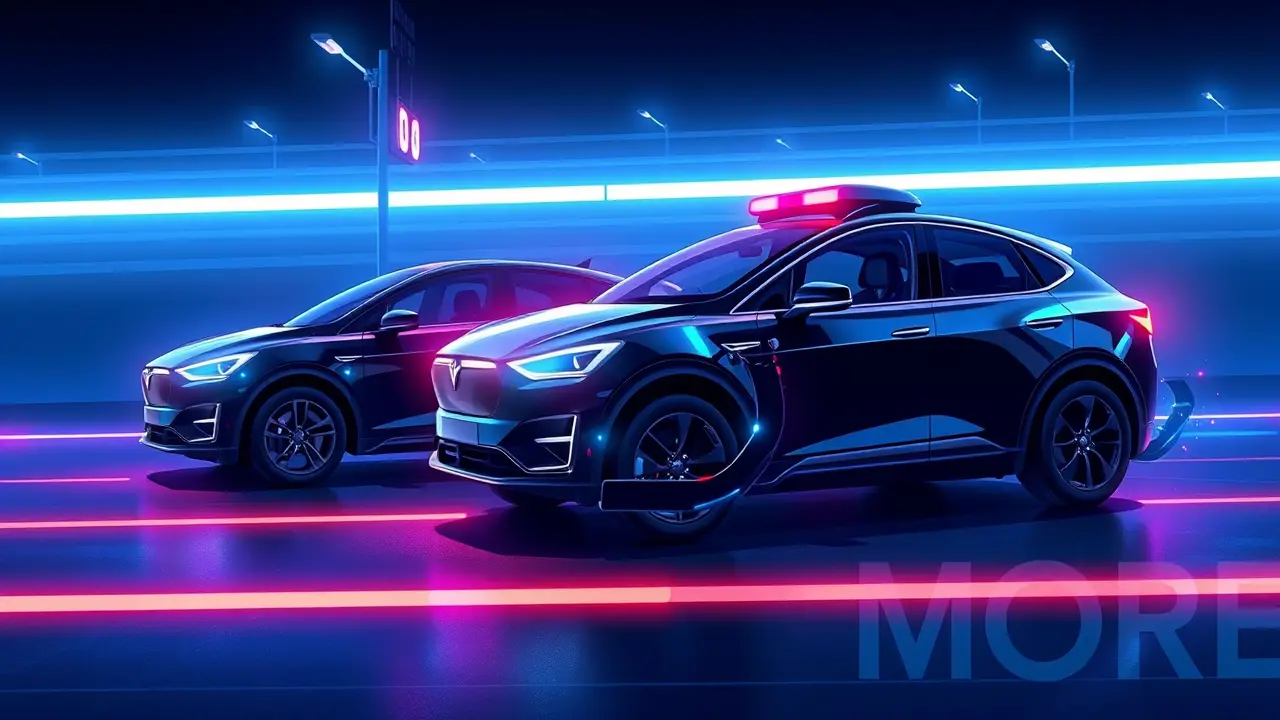TechCrunch Mobility Newsletter on Transportation Future
Welcome back to TechCrunch Mobility, your central hub for news and insights on the future of transportation, a topic that, when you really dive into it, sprawls out like a Wikipedia wormhole leading you from the horse-drawn carriages of the 19th century to the silent, electric hum of a Tesla on autopilot today. It’s a fascinating convergence of physics, urban planning, software engineering, and sheer human ambition, and to understand where we're barreling towards, you have to first look at the tracks we've already laid down.Remember the hype around the Segway? It was supposed to revolutionize personal transport, a prediction that fizzled out into a niche for tour guides and mall cops, a classic case of a solution in search of a problem that teaches us a crucial lesson about the chasm between technological possibility and mass-market adoption. Now, we're in the midst of a far more profound shift, a multi-front war for the streets and skies where the battlegrounds are defined by electric vehicles, autonomous driving stacks, micromobility scooters, and even the nascent but audacious field of eVTOLs—electric vertical take-off and landing aircraft that promise to turn our skylines into highways.The electric vehicle revolution, spearheaded by Tesla's relentless push, is no longer a question of 'if' but 'how fast,' with legacy automakers like Ford and GM committing billions to retool their entire manufacturing DNA, a pivot as monumental as the switch from steam to combustion, all while grappling with the immense logistical nightmare of building a ubiquitous charging infrastructure that can support a nation of drivers who expect the same convenience as a five-minute gas stop. But the real game-changer, the one that keeps engineers and ethicists up at night, is autonomy.The race to develop a truly self-driving car is a software problem of almost incomprehensible complexity, pitting Waymo's methodical, sensor-laden approach against Tesla's vision-based 'Full Self-Driving' beta, which essentially uses its fleet of customer cars as a massive, real-world data-gathering network. This isn't just about convenience; it's a fundamental re-imagining of the automobile from a privately-owned asset to a service, a shift that could decimate parking revenue models, reshape city layouts by reclaiming space currently dedicated to lots and garages, and trigger seismic shifts in insurance and liability law.What happens when the 'driver' is a lines of code? Who is responsible in a crash? The regulatory bodies, from the NHTSA in the U. S.to their counterparts in Europe and Asia, are scrambling to build a legal framework for a technology that is evolving faster than their rulebooks. And then there's the quieter, yet equally disruptive, layer of micromobility—the fleets of e-bikes and e-scooters that have materialized on city sidewalks, offering a last-mile solution that complements public transit but also igniting fierce debates over public space, safety, and the clutter of discarded hardware.Companies like Bird and Lime have ridden a wave of venture capital, only to face the harsh realities of unit economics and municipal pushback, a cycle of boom and bust that mirrors the early days of the internet. Meanwhile, in the background, the logistics and freight industry, the unglamorous backbone of global commerce, is undergoing its own silent revolution with platooning trucks and autonomous long-haul vehicles that could dramatically reduce shipping costs and delivery times, impacting everything from the price of groceries to the viability of just-in-time manufacturing.The interplay between these domains is where the real story lies; an autonomous delivery robot doesn't exist in a vacuum—it navigates a sidewalk shared with pedestrians and scooter riders, and its success is dependent on the 5G network that connects it and the cloud AI that guides it. The future of transportation isn't a single technology; it's a complex, interconnected system, a symphony of hardware, software, and policy that must play in harmony.The potential benefits are staggering: reduced emissions, fewer traffic fatalities, increased productivity for commuters, and greater mobility access for the elderly and disabled. But the path is littered with pitfalls—cybersecurity threats that could see entire fleets hijacked, the societal impact of displacing millions of professional drivers, and the ever-present risk of creating a wider digital divide where only the affluent have access to the most efficient forms of new mobility. As we stand at this inflection point, it feels less like a simple newsletter update and more like watching the early blueprints for the next century of human movement being drawn in real-time, a messy, contentious, and utterly captivating engineering of our future reality.
It’s quiet here...Start the conversation by leaving the first comment.
© 2025 Outpoll Service LTD. All rights reserved.
